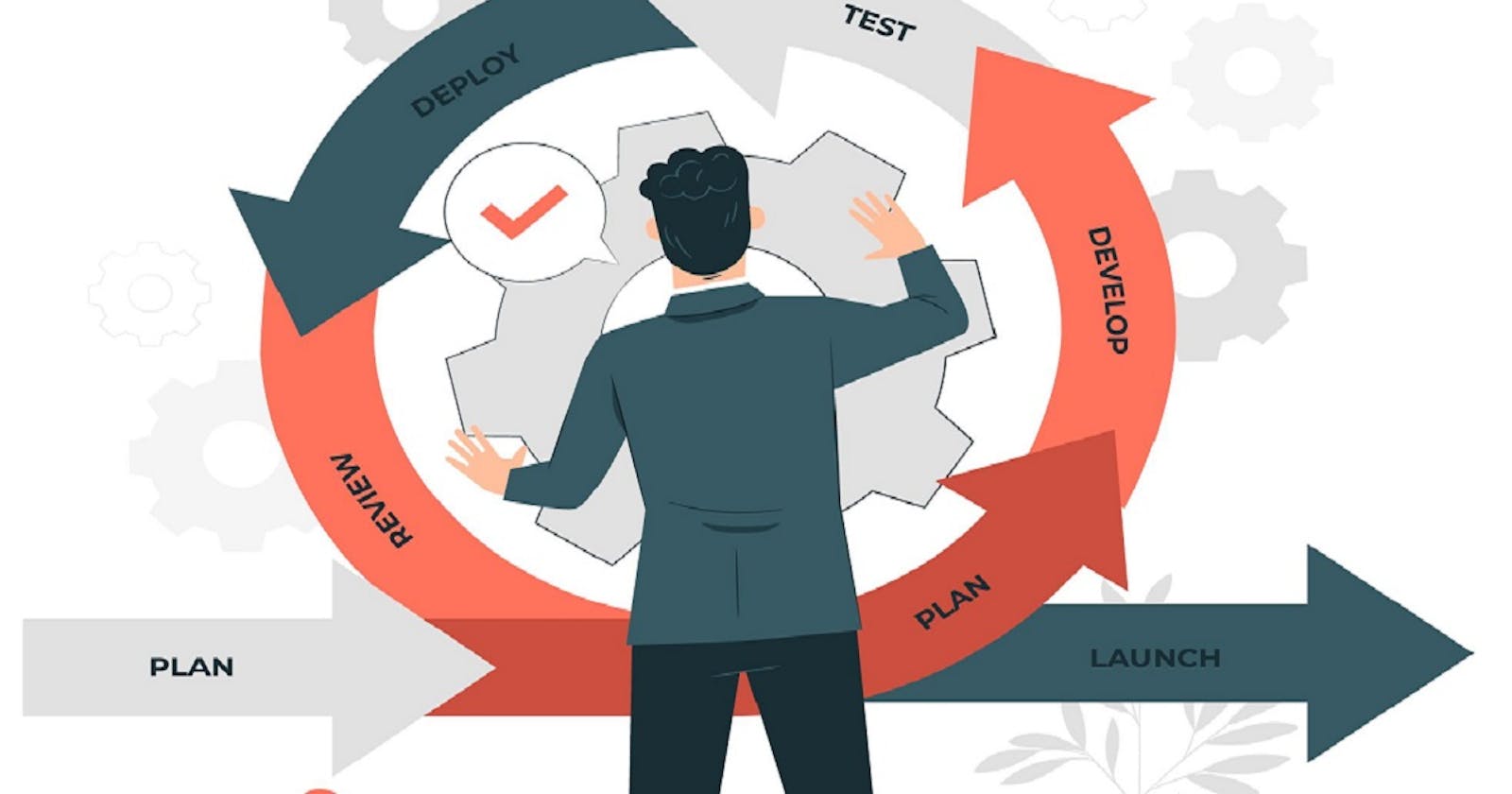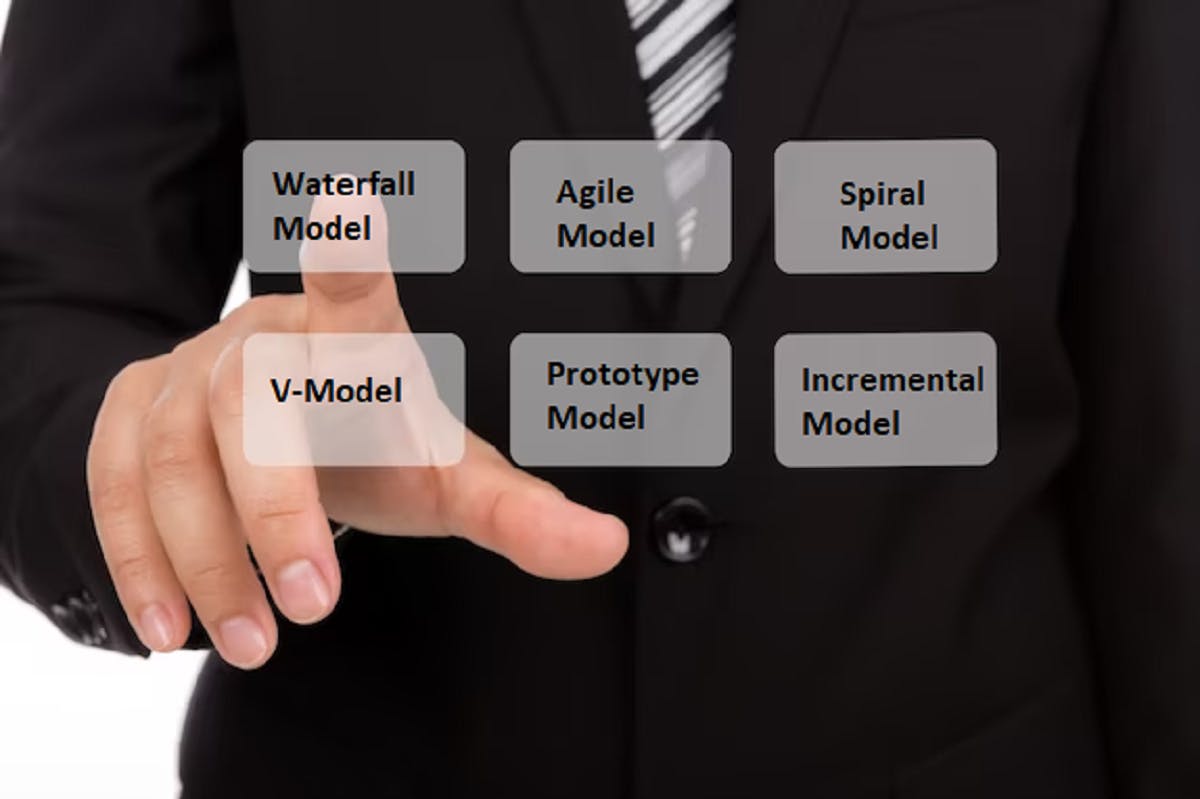Software development is a complex and challenging process that requires careful planning, execution, and maintenance. The Software Development Life Cycle (SDLC) is a systematic approach that all software development company use to manage the process from start to finish. In this blog post, we will provide a detailed guide to the SDLC and its different phases.
What is the Software Development Life Cycle?
The SDLC is a process that software development teams use to plan, design, develop, test, deploy and maintain software applications. The SDLC provides a framework for managing the development process, ensuring that projects are delivered on time, within budget, and meet customer requirements.
The SDLC consists of several phases, each of which is important to the overall success of the project. These phases are:
Phases of Software Development Life Cycle
Planning
The planning phase is the first phase of the SDLC. During this phase, the development team works with stakeholders to determine project requirements, timelines, and budgets. The team identifies potential risks and develops a plan to mitigate them.
Analysis
The analysis phase involves gathering and analyzing information about the project's requirements. During this phase, the development team works with stakeholders to understand their needs and develop a detailed plan for the project.
Design
The design phase involves creating a detailed plan for the project. During this phase, the development team uses the information gathered in the planning and analysis phases to create a high-level design for the software. This design includes the software's architecture, interface design, database design, and other important elements.
Development
The development phase involves writing the actual code for the software. During this phase, the development team uses the detailed design created in the previous phase to write code that meets the project's requirements.
Testing
The testing phase involves software testing to ensure that it works as intended. During this phase, the development team tests the software for bugs, errors, and other issues.
Deployment
The deployment phase involves releasing the software to the customer or end-users. During this phase, the development team installs the software on the customer's systems or makes it available for download.
Maintenance
The maintenance phase involves ensuring that the software continues to work as intended. During this phase, the development team addresses any issues that arise and makes necessary updates and improvements to the software.
Different SDLC Models
There are several SDLC models that software development teams can choose from. These models include:
Waterfall Model
A waterfall model is a linear approach to the SDLC, with each phase following the previous one in sequence. This model is ideal for projects where requirements are well-defined and there is little need for flexibility or change.
Agile Model
An agile model is an iterative approach to the SDLC, with development occurring in short sprints. This model is ideal for projects where requirements are constantly evolving and there is a need for flexibility and change.
Spiral Model
A spiral model is a risk-driven approach to the SDLC, with each phase involving risk analysis and mitigation. This model is ideal for projects where there is a high degree of risk involved.
V-Model
The V-model is a testing-focused approach to the SDLC, with each phase involving testing activities that correspond to the previous phase. This model is ideal for projects where testing is a critical component of the development process.
Prototype Model
A prototype model is an iterative approach that involves building a working model of the software application to test its functionality and user interface. The prototype model is best suited for projects where the requirements are unclear or constantly changing.
Incremental Model
An incremental model is an iterative approach where the software application is developed in small, incremental stages. Each stage involves the development of a working product that is tested and refined before moving on to the next stage. This model is best suited for projects where the requirements are well understood but can be divided into smaller stages.
Conclusion
The Software Development Life Cycle (SDLC) is a critical process that software development companies must follow to ensure the success of their projects. By following a defined SDLC model, software development teams can ensure that their projects are delivered on time, within budget, and meet the customer's requirements. The SDLC provides a framework for managing the development process and ensures that projects are delivered on time, within budget, and meet customer requirements.

